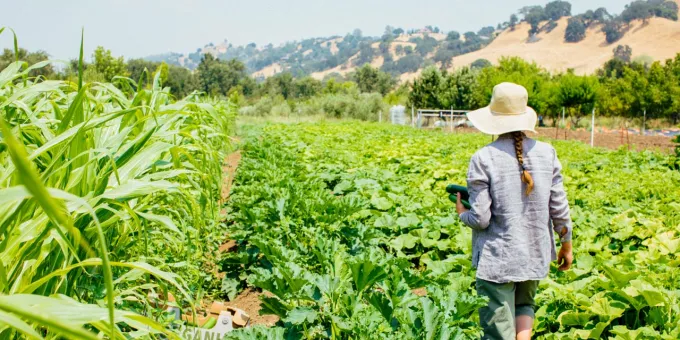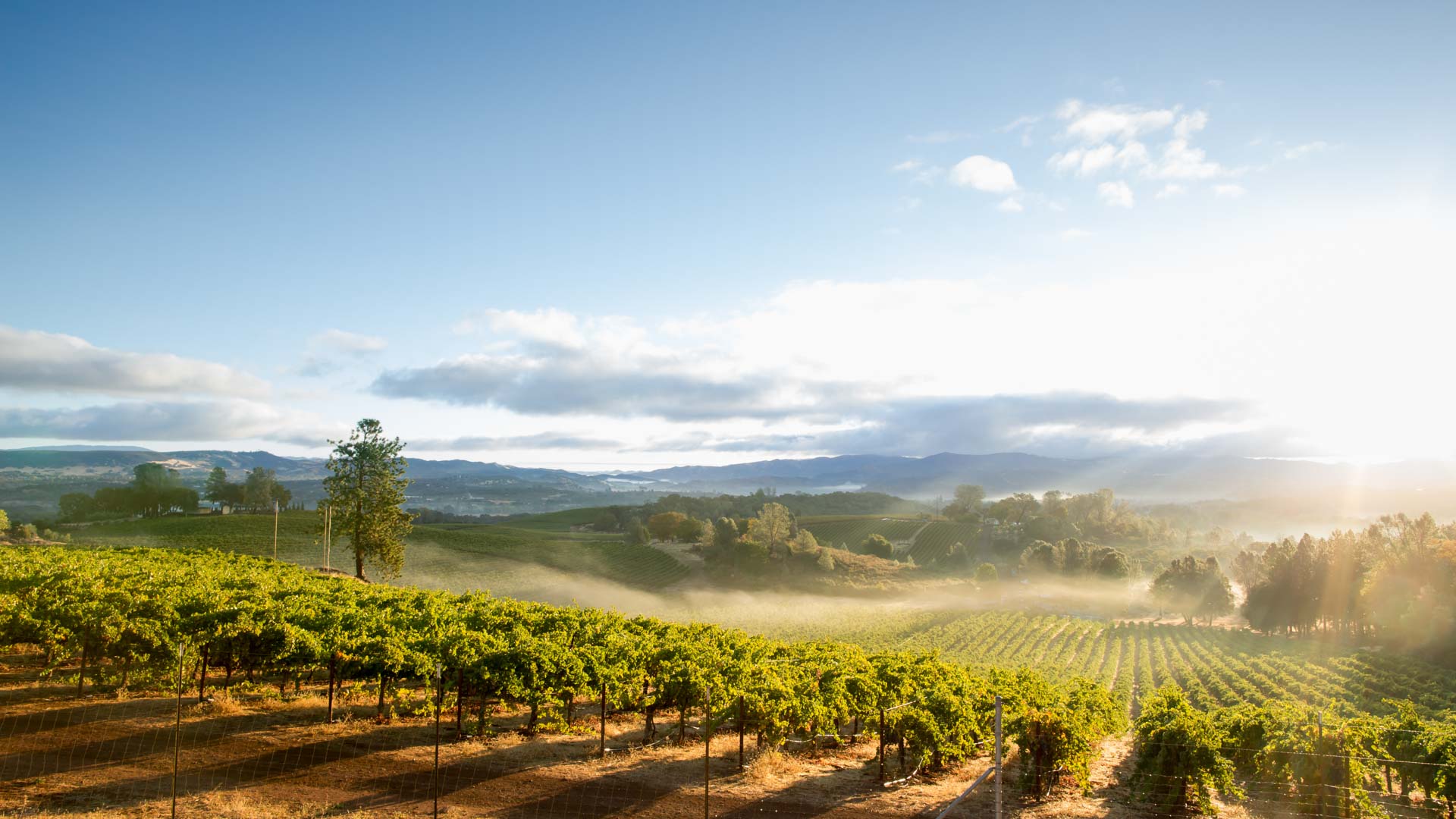Want to take sustainable travel to a higher level? On your next vacation, go regenerative and leave your destination better than you found it. “Regenerative tourism is travel that not only does no harm, but also protects and enhances,” says Dr. Gregory Miller, executive director of the Center for Responsible Travel, a nonprofit in Washington, D.C. Regenerative travelers seek out “tour operators and accommodations that focus on stewardship of natural and cultural resources,” Miller says. They also support regenerative farms, wildlife care centers, conservation organizations, and land trusts—groups that focus on restoration.
“California has been in the vanguard of sustainability. It’s not just ‘let’s put a fence around it and maintain whatever is left.’ A place can only get to true sustainability if we improve the vitality of plants and animals, improve the cultural and historical features.” Regenerative tourism is a win for visitors, too. You’ll engage more deeply with your destination when you participate in these positive impact travel experiences:
Join an Eco-Tour
Conservation-minded tours can be an important first step toward regeneration. Marine scientist Ida Kaller-Vincent, who leads kayaking, birding, and whale-watching tours with Ocean Connectors in San Diego, says eco-tours help visitors to understand and appreciate threatened landscapes—and that often leads to action.
"You don't protect what you don't love, and you don't love what you don't know," she says. "When you get out there and connect with nature on an eco-tour, there's a shift in how you see things, even if it's not an immediate shift."
Ocean Connector's eco-tours have a major side benefit: Tour fees pay for marine education programs for youth in underserved communities. "Many of these kids have lived all their lives right next to the ocean and have never been on a boat," Kaller-Vincent says.
Naturalists lead eco-tours throughout the state. In Lee Vining, join a Mono Lake Committee walking tour to learn about the ancient lake’s vital ecosystem. In Mendocino, explore the Big River Estuary by canoe. In Carlsbad, visit Agua Hedionda Lagoon to learn about sensitive coastal wetlands. At Terranea Resort, kayak the Palos Verdes Peninsula coastline while you help clean up the kelp forest.
Visit Regenerative Farms
California has more than 70,000 farms, but some are doing a lot more than growing the food we eat. Regenerative farmers and vineyard managers restore and care for their land through practices like fertilizing with compost, selective grazing, and minimized plowing.
Marissa LaMagna, founder of Bay Area Green Tours, says regenerative farming is difficult work with a big payoff. “It’s really a labor of love,” she says. “But these farmers are working toward the future, creating a natural ecosystem, and making their farms sustainable.”
Since 2008, LaMagna’s nonprofit has led farm tours where “you learn what it means when you go to a farmers’ market or u-pick farm, and why it’s important to support the local food economy. And you get to really connect with the land.”
You can support farmers by touring their fields or booking a farm stay. Visit Tablas Creek Vineyard in Paso Robles, which produces biodynamic wines with the aid of cover crops, compost, owl boxes, and grazing sheep and alpacas. Tour Vacaville’s Be Love Farm to learn about its practices— minimized tilling, composting, and planting perennial crops. Or explore Moorpark’s Apricot Lane Farm, star of the 2019 documentary The Biggest Little Farm, where more than 200 varieties of fruit and vegetables grow on land that was nearly fallow two decades ago.
Help Local Nonprofits
Jessica Blotter, CEO of Kind Traveler, says, “Most travelers want their travel dollars to have a positive effect on the destinations they visit.” That’s why her company’s booking platform partners with more than 100 charities. When you book a hotel through Kind Traveler, you’ll donate $10 to organizations like Charlie’s Acres Farm Sanctuary in Sonoma, Surfrider San Luis Obispo, and Dana Point’s Ocean Institute.
"A lot of people don't realize how much a $10 donation can do, but it can go a surprisingly long way to serve the community and the environment," Blotter says.
If you’re a DIY traveler, making a positive impact can be as simple as picking up trash or volunteering a few hours at local nonprofits. In Huntington Beach, join Surfrider Foundation’s harbor and beach cleanups. In San Jose, sort and box food at Second Harvest Food Bank. In Lake Tahoe, help to build trails with Truckee Donner Land Trust or join the League to Save Lake Tahoe’s bike trail cleanups; you can also discover 10 ways to reduce waste, lower emissions, and shop local in nearby Truckee. No matter how you go about it, Blotter says that doing good on vacation results in feeling good, too. “Research shows that when you give back, you’ll have a higher level of trip satisfaction.”

